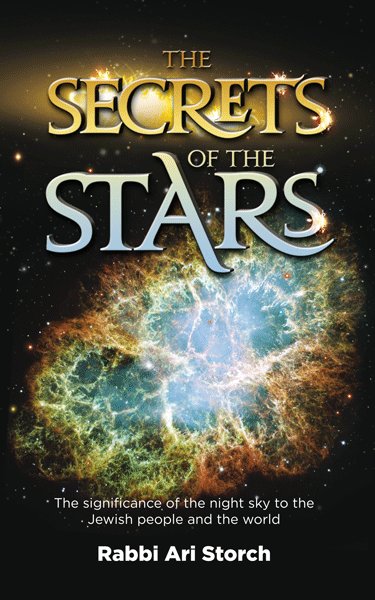The Rema discusses some of the extremely deep symbolism found in the design of the Menorah. One of the ideas that he mentions is that it reflects the universe as whole. For example, the seven branches correspond to the seven planets that are visible to the naked eye: the sun, moon, Mercury, Venus, Mars, Jupiter and Saturn. (Toras HaOlah 1:15)
Interestingly enough, out of the seven lamps on the Menorah, this week's Torah portion teaches us that it was only necessary to keep one specific lamp burning constantly, both day and night. (Shemos 27:20) Although this lamp is referred to as the Ner Maaravi, the Western Lamp, it was not the western most lamp. The Gemara cites two opinions regarding which lamp it was. One opinion states that it was the center lamp, but it was tilted somewhat towards the west. The other opinion maintains that it was the second lamp from the east, therefore, it was the first that had a western position relative to another lamp. (Menachos 98b) Whichever one it was, it was kept lit both during the day and night, the other lamps were only kept lit throughout the night.
The question is, "Which of the seven planets was designated to be lit eternally?" Rav Yehonasan Eibshitz offers an answer to this question. He suggests that this eternal lamp was the one that corresponded to the moon. He states that the word for this lamp "Maaravi" comes from the root "erev" which also means evening. This, claims Rav Eibshitz, shows the connection between this lamp and the moon which is a nighttime object. Additionally, the moon was granted the ability to reign during both day and night (it is visible often times during the day) and, therefore, it too displays a constant burning. This, however, leaves one with a question. How could the moon be displayed as having light all the time when the source of its light, the sun, sometimes would be shown as extinguished since the lamp that symbolised the sun did not have to be lit all the time? Rav Eibshitz answers this problem by quoting from mystical sources that maintain that the moon has its own light when Hashem's glory is able to be seen through Klal Yisrael. It is only now while we are in exile that the moon merely reflects the sun's rays. (Tiferes Yehonasan Shemos 27:20)
If not for the above explanation I would have offered a different suggestion. Firstly, six of the seven planets are nighttime objects, the exception being the sun, and therefore the term "erev" is equally appropriate to all. Secondly, although "erev" and "Maaravi" are similar words they mean very different things, so the similar wording does not necessarily rule out the sun. Thirdly, although the moon does rule both in the day and night; Mercury, Venus and Mars can also be seen both in the daytime and at night (although I concede that Rav Eibshitz mentions that the moon, specifically, was given the ability to shine in the daytime in order to pacify it). Fourthly, One could even suggest that the sun's rays are seen at night since that is the source of the light of the other planets which are all visible at nighttime.
Therefore, barring Rav Eibshitz's understanding I would have suggested that the identity of the corresponding planet is disputed just like the location of the lamp is disputed. The planets are considered to be arranged in the following order: Saturn, Jupiter, Mars, sun, Venus, Mercury and the moon. (See Rashi Berachos 59b and Rambam Yesodai HaTorah 3) According to the opinion that the Ner Maaravi is the middle lamp then I would suggest that that corresponds to the middle planet, the sun. It is appropriate for it to be lit constantly because it is the source of light for the other planets (even at night) and it shines the brightest during the day. Even when any of the planets is visible during the day, it is not visible the entire day but only for a portion of it. The sun, however, shines all day. Therefore, during the day its lamp needed to be lit to express its dominance throughout the day and during the night it needed to be lit to express that it is the source for the other lights.
The other opinion that states that the Ner Maaravi is the second lamp, I believe, would maintain that it corresponds to Jupiter (referred to as Tzedek, Righteousness, by Chazal). Tzedek, say Chazal, is the astrological force that represents the Torah. (Baraisa D'Mazalos 15) The Rema maintains that the Menorah as a whole expressed the concept of Torah. (Toras HaOlah 1:15-16) Therefore, it would be appropriate for this lamp of the Menorah to shine all the time to display that the nature of that which the Menorah expresses, the Torah, can never be extinguished.
Subscribe to:
Post Comments (Atom)


No comments:
Post a Comment